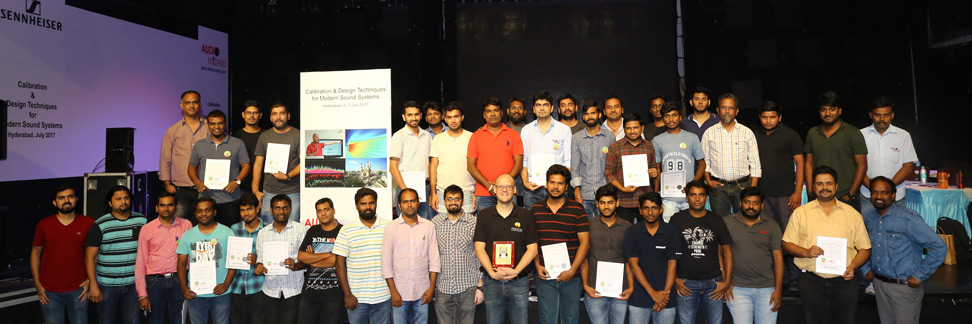
- Details
 A while ago I was able to attend the very first Danley demo hosted by Firm4 in cooperation with RF Shows in this small corner of the world. Having read numerous animated threads at the ProSoundWeb forum about the distinguishing qualities of these products, I was very eager to finally experience Danley for myself. It was a very inspiring phenomenon, so much that I intended on doing my own production within two weeks time. Keep on reading for full disclosure on a very remarkable event. The premiere of Danley products in a theatrical production in The Netherlands.
A while ago I was able to attend the very first Danley demo hosted by Firm4 in cooperation with RF Shows in this small corner of the world. Having read numerous animated threads at the ProSoundWeb forum about the distinguishing qualities of these products, I was very eager to finally experience Danley for myself. It was a very inspiring phenomenon, so much that I intended on doing my own production within two weeks time. Keep on reading for full disclosure on a very remarkable event. The premiere of Danley products in a theatrical production in The Netherlands.
- Details
 "Smoothing is essentially another type of averaging that is available only for Transfer Function displays (Phase or Magnitude). This feature helps to reduce "jagginess" on transfer function traces and can make trends in the frequency response of the system under test easier to see. On a smoothed transfer function trace, each data point is averaged together with some number of the immediately adjacent points on either side."1
"Smoothing is essentially another type of averaging that is available only for Transfer Function displays (Phase or Magnitude). This feature helps to reduce "jagginess" on transfer function traces and can make trends in the frequency response of the system under test easier to see. On a smoothed transfer function trace, each data point is averaged together with some number of the immediately adjacent points on either side."1
Find out how this post-processing feature alters accurate data and provides a misleading frequency response or trend.
- Details
 Window size is the amount of time over which a waveform is sampled, known as time record, expressed in samples. For example, a window size of 128 samples at a sample rate of 48 kHz. Equals a time record of 128 samples x 1/48000 seconds = 0,0027 seconds or 2,7 milliseconds.
Window size is the amount of time over which a waveform is sampled, known as time record, expressed in samples. For example, a window size of 128 samples at a sample rate of 48 kHz. Equals a time record of 128 samples x 1/48000 seconds = 0,0027 seconds or 2,7 milliseconds.
So how does this determine frequency resolution?

